Thank you to Robert Irwin for the quote below. I am still learning to see.
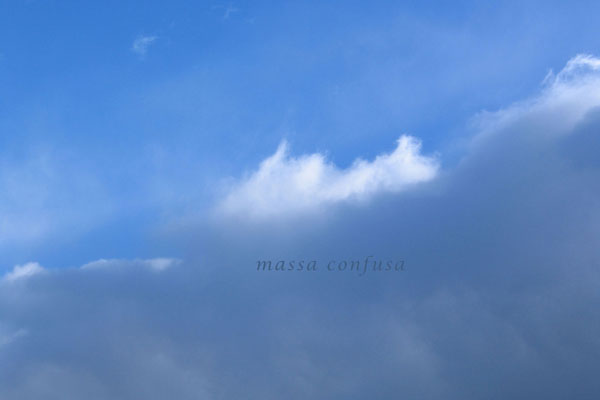

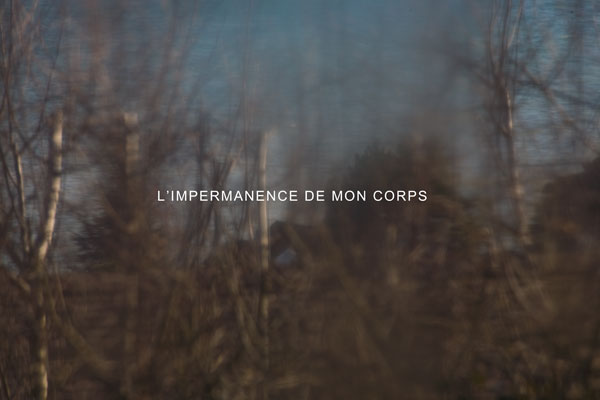
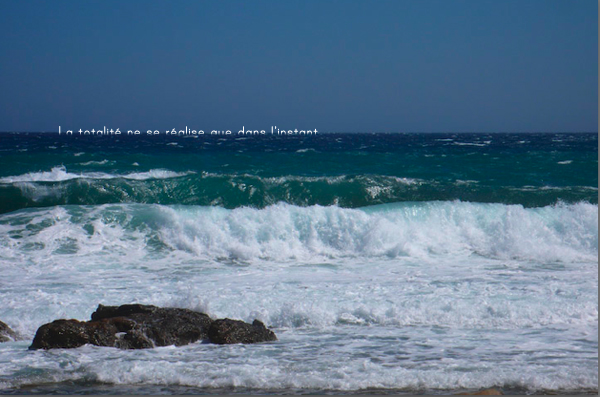
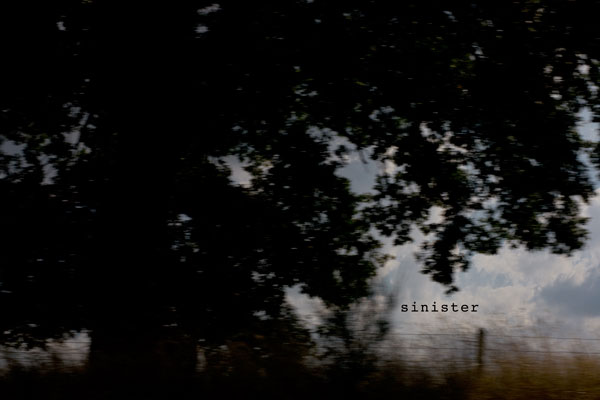
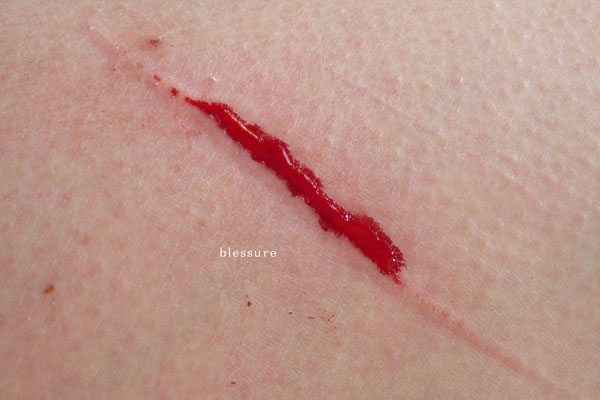


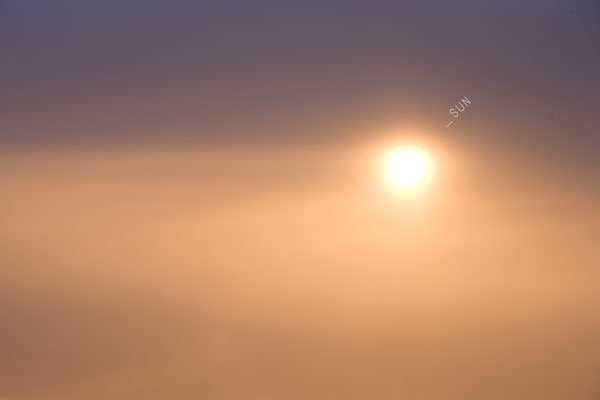
| anne-laure oberson collects curates creates [selected material] |
| clt-collection exh-exhibition pix-photograph txt-essai prj-project lct-lecture rsc-research |
| I see. Do you? [rsc/txt] |
| Oeuvres en devenir [lct] |
| Languageless [txt] |
| Lettres à une galeriste [txt] |
| IMage-TeXt for the Bogota Declaration [pix] |
| The last quote [pix/txt] |
| IMage-TeXt [pix] |
| Fasciae [pix] |
| TAKE TWO - the mundane and the heavenly [exh] |
| Chère copine ... hommage à Sylvie [prj] |
| La fenetre ouverte [rsc/lct] |
| Différentes fins possibles... Marie Velardi [clt] |
| spam [prj] |
| Shoot [prj] |
| 1971 [prj] |
| The transdermic zone [txt] |
| momas [prj] |
| Family story [txt] |
| Dessin cinématique Pierre Ferrarini [clt] |
| Some simple thoughts... [txt] |
| TheSite [exh/lct] |
| Site as situation [txt] |
| Skyline Kunihiko Katsumata [clt] |
| I curate, you curate, ... [txt] |
| The Kiosk [txt] |
| D624 [exh ] |
| Histories of paintings [pix] |
| New Landscape [pix] |
| "I am currently in the train..." |
| email me - alo AT annelaureoberson.net |
| all material copyright anne-laure oberson unless stated otherwise |